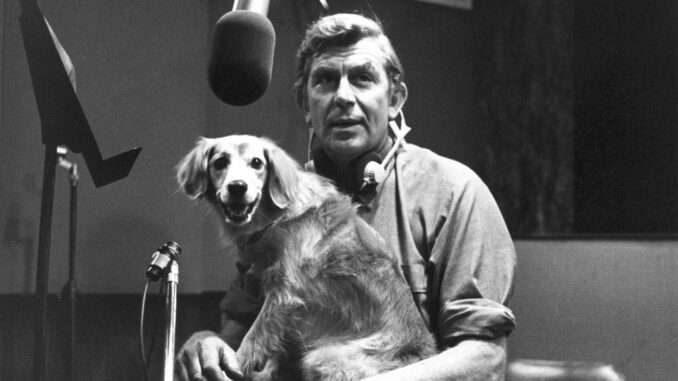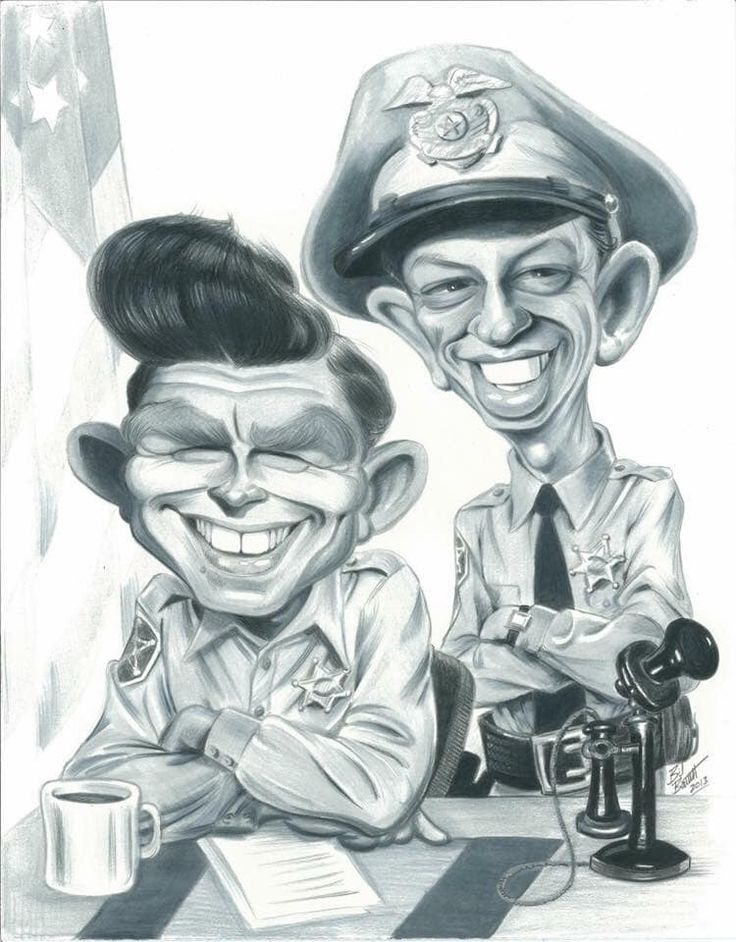
The Untold Truth Of The Andy Griffith Show
Few American TV classics feel as cozy—or as enduring—as The Andy Griffith Show. Yet for all the nostalgia, the real story behind Mayberry is juicier than Aunt Bee’s famous pickles. Today we’re cracking open the dusty scrapbooks, flipping on the porch light, and giving you the complete, behind-the-scenes scoop. Ready to trade in the rocking chair for the director’s chair? Let’s dive in.
Origins of Mayberry: A Fictional Town With Real Roots
Mayberry looks like the archetypal small Southern town, but it drew heavy inspiration from Andy Griffith’s own hometown of Mount Airy, North Carolina. Producers combed through Mount Airy newspapers, storefront photos, and even local gossip to design sets so authentic that real townsfolk claimed “that’s our courthouse!” Paired with on-location B-roll from the Santa Monica Mountains, Mayberry’s hybrid DNA created a place both specific and universal, letting viewers from Alabama to Alaska feel right at home.
Andy Griffith: The Reluctant TV Star
Most people assume Andy leapt at the chance to headline a sitcom. In truth, Griffith worried that weekly television would trap him in a “folksy cage.” CBS executives practically courted him like college recruiters—offering creative control, veto power over scripts, and the right to showcase his guitar. That autonomy explains why Sheriff Andy spends plenty of episodes strumming rather than shooting. Griffith’s hesitation ultimately forged a character who policed with empathy instead of firepower—a radical choice for 1960s prime-time.
Don Knotts’ Comedy Genius Kept Secret
Barney Fife’s nervous swagger felt spontaneous because it was. Don Knotts, a seasoned stand-up, sprinkled each script with ad-libbed tics: the high-pitched whistle laugh, the pocket-flipping holster check, the slow blink when flustered. Writers stopped scripting punchlines for Knotts; they simply inserted “[Barney business here]” and let Don cook. Legend says a live audience once laughed so long at a single improvised pratfall that production halted for five minutes. Knotts pocketed five Emmys—triple the hardware of the show’s star.
Ron Howard’s Childhood Classroom on Set
Legal mandates required eight-year-old Ronny Howard (later Oscar-winning director Ron Howard) to log three hours of school daily. Producers built a pint-sized classroom beside the set, complete with a chalkboard that read “Howard University.” Between takes, Andy tutored math, Don coached comedic timing, and guest stars ran spelling bees. By age ten, Ronny could nail the Pythagorean theorem and hit his mark on the first take—a double major in Hollywood and homework if ever there was one.

Aunt Bee’s Off-Camera Struggles
Frances Bavier embodied warmth on screen, yet she often felt isolated during filming. Coming from Broadway, she viewed sitcom rehearsal as loosey-goosey, once telling a director it was “like running a bakery without a recipe.” Miscommunication bred tension—especially with Andy—until Griffith delivered fresh flowers and an apology note every Friday. Their friendship thawed, but Bavier still required her own quiet dressing room, where she relaxed by knitting elaborate afghans later auctioned for local North Carolina charities.
The Evolution of Barney Fife
Originally, Barney was written as Andy’s near-equal—a competent deputy with occasional blunders. Test audiences, however, roared louder at his mistakes than his successes. Producers pivoted: the bullet-in-pocket gag debuted in episode two, and by season three Barney could barely lock a door without mishap. The transformation wasn’t just comedic; it highlighted Andy’s calm leadership, a yin-yang dynamic duplicating Abbott and Costello’s tempo for a new generation.
The Show’s Surprising Civil Rights Stance
Under the guise of an old-fashioned sitcom, The Andy Griffith Show threaded progressive ideals into its folksy tapestry. Storylines tackled empathy toward ex-convicts, respect for Native Americans, and critique of mob mentality—subversive for a country still wrestling with segregation. While Mayberry remained racially homogenous on camera (reflecting network limitations), writers used moral parables to champion equality, turning laughter into quiet activism.
Hidden Production Tricks and Budget Hacks
Ever notice the courthouse clock rarely budges? That “frozen time” saved reels of continuity headaches. The same main street doubled as five different towns thanks to strategic sign swaps. Even the squad car was rented—returned to a Ford dealership every hiatus to offset costs. When CBS asked for color episodes, producers delayed, claiming “Mayberry looks best in black-and-white”—translation: new cameras would break the bank. Penny-pinching never looked so charming.
Musical Easter Eggs Scattered Through Mayberry
Griffith’s background in bluegrass seeped into dozens of episodes. Listen closely and you’ll catch sly references to Appalachian standards: “Shady Grove” hums under bar scenes; Barney whistles “Darlin’ Cory” while pacing the jail. Hal Hopper, the show’s music supervisor, layered these nuggets to ground stories in Southern authenticity without shouting “this is a lesson.” Essentially, Mayberry’s soundtrack was a love letter to Griffith’s musical roots.
The Cast’s Tight-Knit Chemistry
Chemistry can’t be faked, and The Andy Griffith Show had it in spades. Cast and crew held weekly Sunday potlucks—Andy made catfish stew, Don brought homemade chili, Frances baked peach cobbler. These gatherings birthed story ideas; the episode “Man in a Hurry” sprang from a real traffic jam en route to Griffith’s house. Such camaraderie translated on screen, convincing America that Mayberry’s friendships were as real as their own.
Spin-Offs and the First Shared TV Universe
Long before Marvel stitched heroes together, Mayberry spun webs of its own. Gomer Pyle, U.S.M.C. marched the lovable gas-station attendant into the Marines. Mayberry R.F.D. followed farmer Sam Jones after Andy’s departure. Cameo crossovers kept audiences invested, laying groundwork for what media scholars now tag “The Mayberry Cinematic Universe.” In other words, Thanos walked so Barney Fife could panic.
Life After Mayberry for the Stars
Post-Mayberry careers ranged from soaring (Ron Howard’s directing empire) to surprising (George Lindsey’s NASCAR commentary hobby). Andy Griffith headlined the legal drama Matlock, reviving small-town charm in a courtroom. Don Knotts conquered Disney comedies, while Aneta Corsaut (Helen Crump) became a sought-after acting teacher. Their diverse paths prove Mayberry wasn’t a dead-end—it was a springboard.
The Show’s Enduring Cultural Impact
Reruns still pull millions of viewers on streaming platforms, and Mount Airy hosts an annual “Mayberry Days” festival drawing tourists in sheriff hats. Scholars cite the series as a masterclass in “gentle storytelling,” influencing sitcoms from Parks and Recreation to Ted Lasso—shows where kindness trumps cynicism. Even modern police procedurals nod to Griffith’s mentorship model, emphasizing dialogue over force.
Misconceptions Debunked
-
“It Was All Wholesome.” Not quite—writers tackled alcoholism, loneliness, and class divides, albeit with soft lighting.
-
“Mayberry Is Mount Airy With Cameras.” While heavily inspired, exterior shots actually came from Culver City and Franklin Canyon Park.
-
“Color Episodes Flopped.” Ratings dipped after Griffith left, not merely because of color. New leadership, not new hues, lost viewers.
Lessons Modern TV Can Learn From Mayberry
-
Let Characters Breathe. Dialogue pauses allowed humor to simmer rather than sizzle.
-
Trust Your Ensemble. Knotts’ improvisation proved that decentralizing stardom can elevate everyone.
-
Blend Comfort With Commentary. You can serve warm biscuits and still slide in social critique—audiences will swallow both.
Conclusion
The Andy Griffith Show isn’t just a relic spinning in syndication; it’s a living blueprint for storytelling that marries heart with humor. Behind the whistling theme lies a trove of inventive production hacks, social consciousness, and creative risks that continue to ripple through modern television. So next time you stroll down Mayberry’s virtual main street, remember you’re walking on foundations that quietly reshaped the medium.
FAQs
1. Did Andy Griffith and Don Knotts remain friends after the show?
Absolutely. Their bond endured until Knotts’ passing in 2006, with Griffith calling him “the funniest man I ever knew.”
2. Why did Don Knotts leave after season five?
He believed Andy planned to end the series at five seasons, so he pursued a lucrative film contract. When the show continued, scheduling conflicts kept him from returning full-time.
3. Was Mayberry based on a real town?
Yes and no. Mount Airy inspired its spirit, but most filming occurred on Californian backlots, with façades recycled across other CBS series.
4. How many spin-offs did the show create?
Two direct spin-offs (Gomer Pyle, U.S.M.C. and Mayberry R.F.D.) and countless cameo links that formed an early shared universe.
5. Are any main cast members still alive?
As of 2025, Ron Howard and several recurring actors (like Betty Lynn’s successors) remain active, although most principal cast members have passed on.
